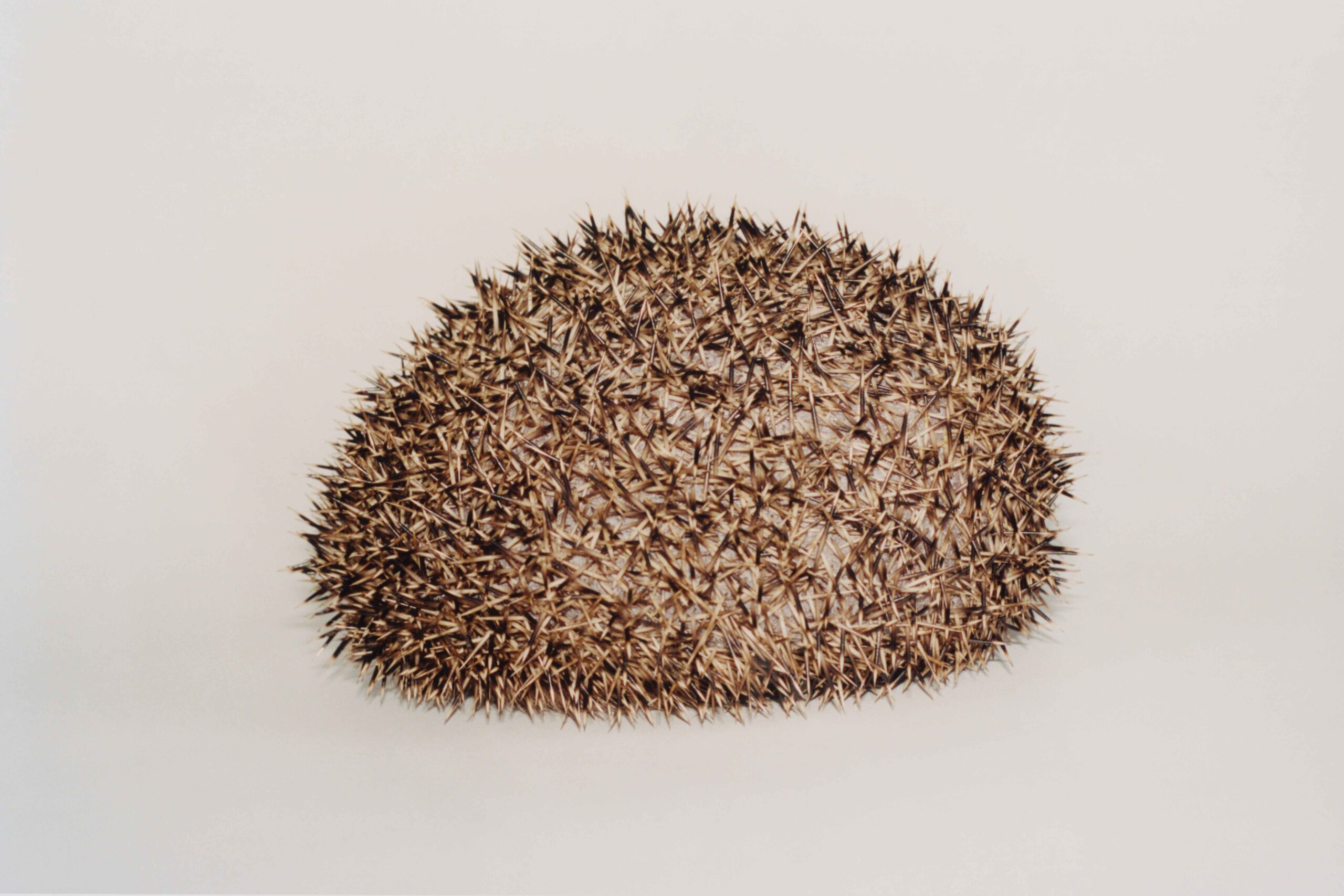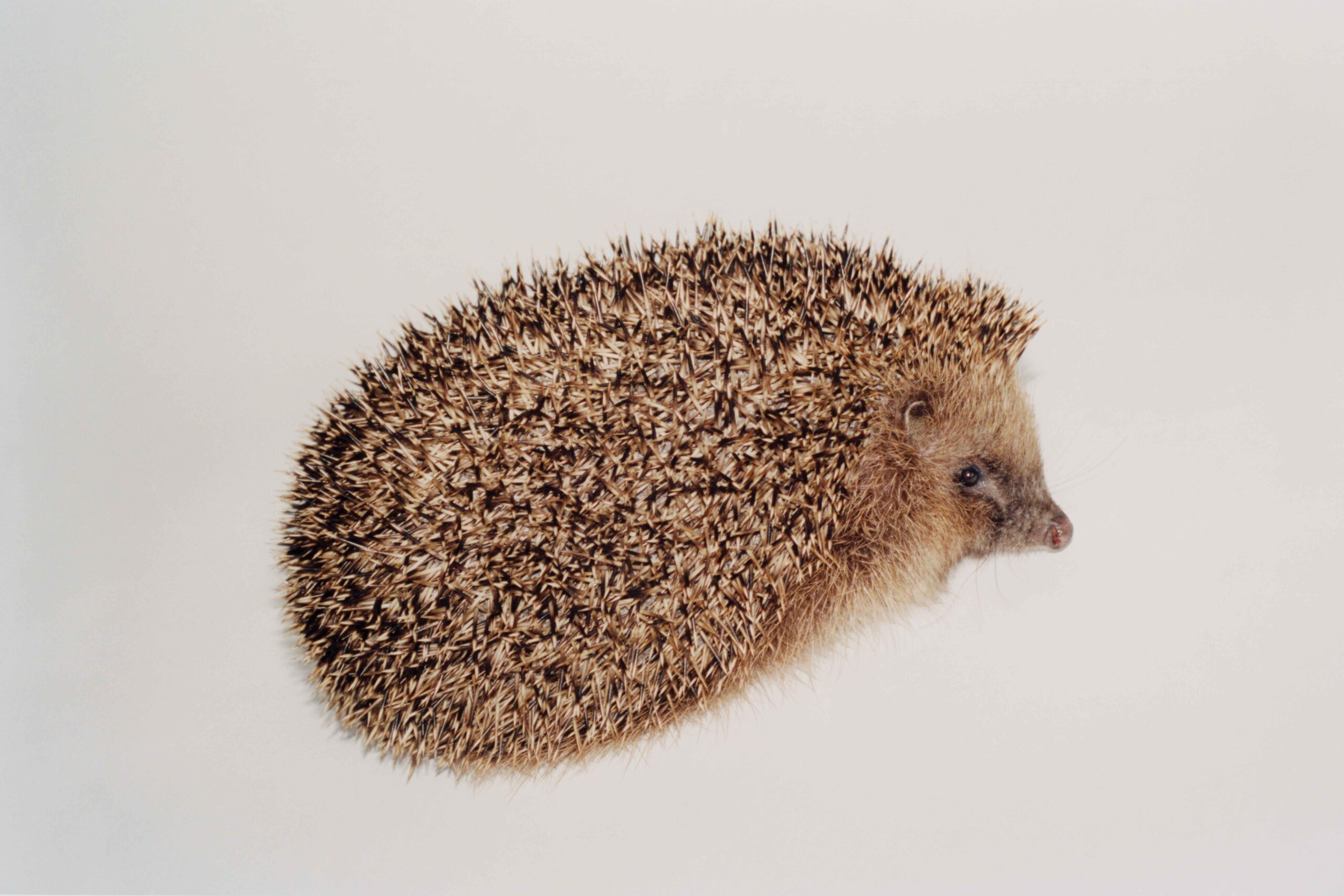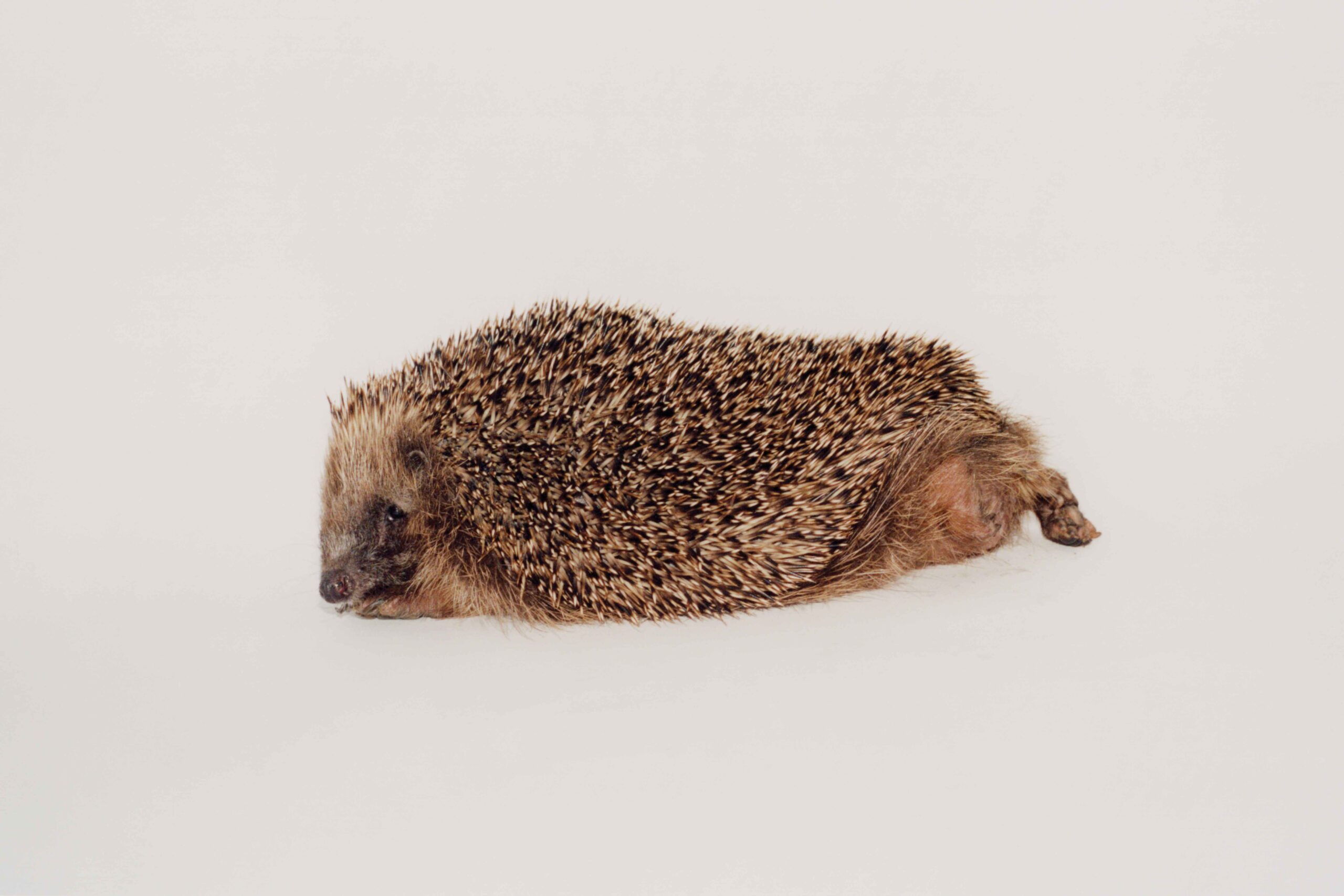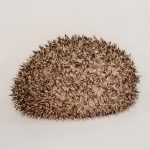
For my birthday, I got given a set of 1960s school books on the seasonal changes of British wildlife. As delightful as the pictures were, flicking through them made for a deflating experience. Much of what was the norm has been lost. Once familiar animal species and the everyday natural phenomena associated with them have moved into the realm of quaint memory. Hedgehogs are fast becoming such a throwback.
The European hedgehog (Erinaceuseuropaeus) is experiencing severe population decline, with the drop pronounced more in Britain than anywhere else. As a barometer of the state of wildlife in this country, it foretells stormy weather. The numbers warrant their own standalone tab on the hedgehog Wikipedia page. “Status in Great Britain,” it says. A summary: things are not rosy. In July 2020, the hedgehog was officially classified as at risk of extinction in the Red List for Britain’s Mammals. In fact, a quarter of the mammals in this country hold the same rating.
In the 1950s, there were thought to be 30 million hedgehogs in the UK, now there are estimated to be less than a million left, with a 50% drop in numbers since 2000. There’s not one easy-to-solve reason for this, but there’s a common denominator – and that’s us. Road traffic, habitat loss, diminishing food sources, slug-pellet use and overly tidy modern gardening practices are some of the things to blame. Ever heard the platitude “good fences make good neighbours”? It may be true of the humans next door,but for your local hedgehog population, they are bad community practice. With more fencing put up around homes,particularly the type with concrete bases, hedgehogs are prevented from roaming for food and water.

The UK is one of the world’s most denatured countries. The fields and heather-filled moorland that we associate with verdant abundance are man-made after all. And modern farming practices mean that agricultural land is fast losing the range of habitats and invertebrates that animals – the hedgehog included –need to survive. On top of this, we have some of the highest population density figures and they’re rising, compounded by a housing crisis requiring the building of 300,000 houses every year until 2031. With greenfield sites needed as building plots, wildlife preservation must be factored into the design of these structures and surrounding landscapes. Nature cannot live in reserves or partitioned areas alone, it has to be interconnected with an abundance of resources to flourish.
In a 2016 poll by the Royal Society of Biology, hedgehogs were voted the UK’s favourite mammal. Not that an animal’s conservation needs should be qualified by its cuteness, but hedgehogs are very cute. Beyond that though, why the worry if they go?
All fauna and flora in our ecosystems plays a part in its healthy turnover. To lose a species is to increasingly chip away at its stability. As a species we rely on this stability: it is estimated that a third of the food we eat requires pollination by insects, for example. As someone interested in the natural world, it’s hard to grapple with the idea that for some, biodiversity loss is either of little concern or not a priority. Though studies have confirmed the obvious – that groups of people value ecological conservation the more they are aware of and surrounded by wildlife – you can be both nonplussed by the presence of, say, a hedgehog but also understand the need to protect it. The logic being that the less biodiverse our world, the less humans will thrive.

“Give them space and the hedgehogs will come,” says June Smitherman, co-founder of Wildlife Rescue &Ambulance Service (WRAS). Based inEnfield, the charity provides a home for rescued animals, releasing those healthy enough back into the wild as part of its rehabilitation programme. Having nursed countless hedgehogs, she says of their recovery, “That’s the great thing about what we do, putting things back. When an animal is with us as the result of human disruption, releasing it is like putting the world to rights.”
Our everyday actions and those of our communities have a direct impact on the wildlife with which we share our spaces. As we increasingly encroach into green spaces, we must approach our world with less of our own convenience and aesthetic preferences in mind – putting in place environmentally intuitive practices at every level of our lives, local land management and governments to reverse downward trends in wildlife diversity. Save the hedgehog, and we save ourselves.
Here are a few ways to help hedgehogs from home:
l. Put out a shallow bowl of water and some hedgehog kibble or chicken-flavoured dog food in jelly to supplement their diets.
2. Involve your neighbours and create a small (5in x 5in) hole in your fences or dig a channel beneath them to form a “hedgehog highway”.
3. Pile up logs, leaves and branches in a quiet corner as a habitat.
4. Leave areas of your lawn to grow different heights for foraging and grow a diverse selection of pollen-rich plants to attract invertebrates.
5. Check for hedgehogs before strimming grass or lighting a bonfire.
6. Use alternatives to toxic slug pellets in the garden such as wool pellets and straw mulch. Hedgehogs will eat any left over.

